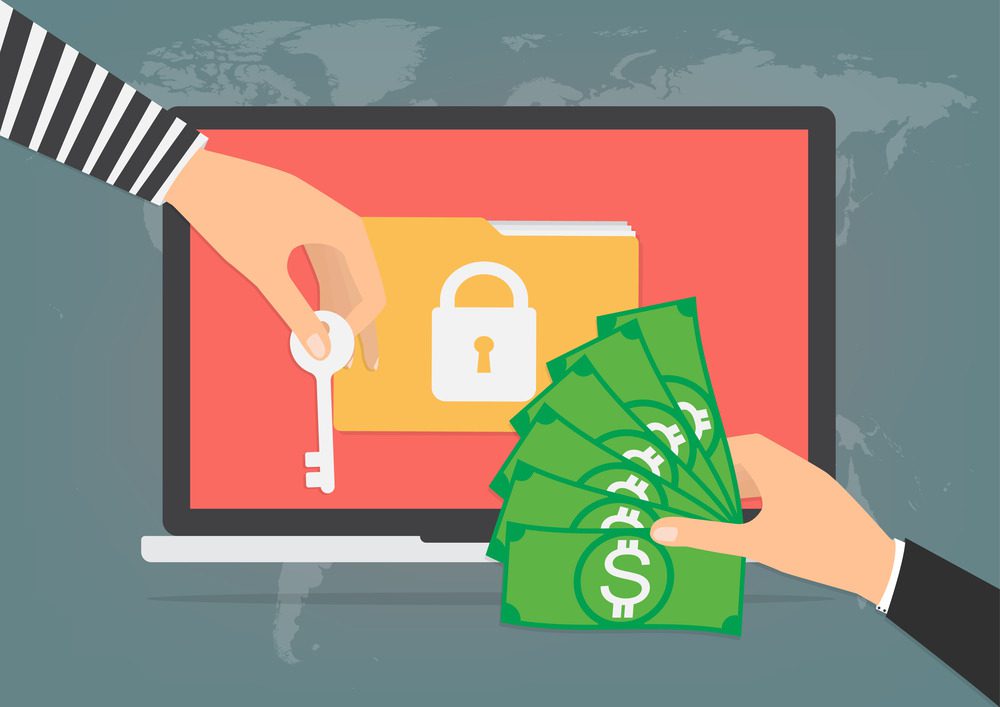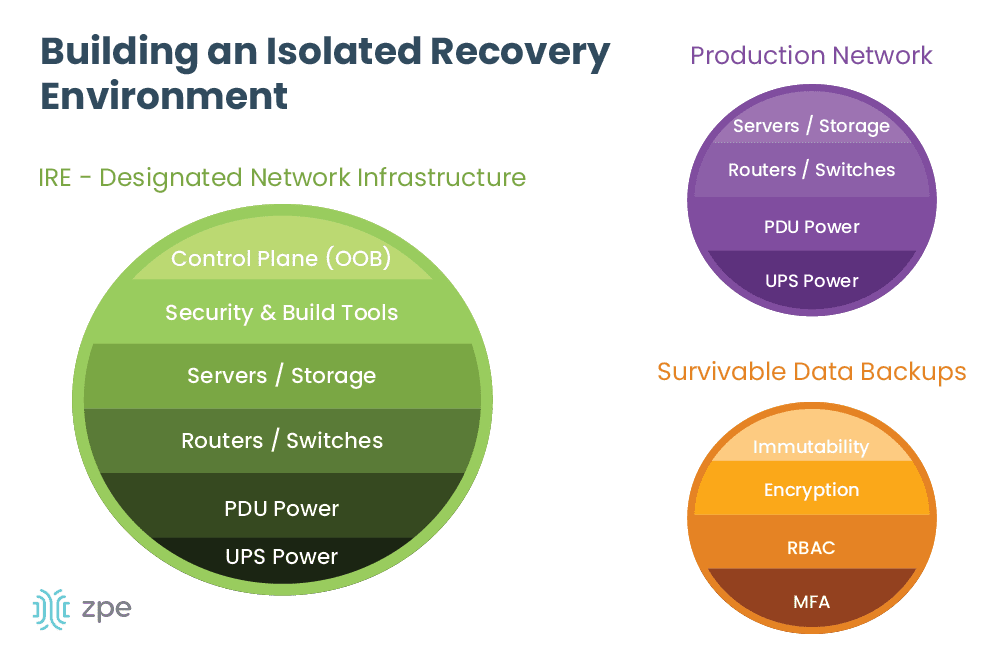
Ransomware is one of the biggest cybersecurity threats to enterprises, with a Sophos survey of 5k+ organizations finding that 66% suffered from ransomware in 2022 alone. The frequency of ransomware attacks is so high that it’s no longer a question of ‘if,’ but ‘when’ an organization will be hit. Since ransomware encrypts critical data, applications, and systems, an attack can be extremely disruptive to business. The longer it takes to recover, the more revenue will be lost.
And according to that same Sophos survey, 70% of companies hit by ransomware took longer than two weeks to recover. During those two weeks, revenue slows or stops altogether, recovery costs skyrocket, and the company’s reputation and customers’ trust are severely damaged.
To reduce ransomware recovery times, companies must shift their focus away from prevention and detection and instead invest more time and money into recovery strategies. Ransomware recovery is especially challenging because of how easily its malicious code can spread from production into backup data and systems. What’s needed, according to the experts at Gartner, is a designated, isolated recovery environment (IRE) that’s fully separated from the production infrastructure.
What is an isolated recovery environment (IRE)?
A recovery environment is made up of systems and network resources that are dedicated to recovering from ransomware and other cybersecurity breaches. The recovery environment is where teams work to restore data and rebuild applications before they’re pushed back to the production network.
Many organizations implement a recovery environment by creating an isolated VLAN on the enterprise network. However, if the recovery environment has any dependencies on the production network, there’s a risk that ransomware will cut off access. For example, if malware infects authentication systems, routers, or switches, then admins might lose access to the recovery VLAN. In addition, production dependencies provide a way for ransomware to jump to the recovery environment, reinfecting systems and spoiling recovery efforts.
An isolated recovery environment (IRE) uses a designated network infrastructure that’s completely separate from the production environment. The IRE uses tools like Retention Lock, role-based access control (RBAC), and out-of-band (OOB) management to ensure that admins can quickly recover critical business services without the risk of reinfection. Let’s discuss these components in greater detail, as well as how to implement them to create an IRE.
How to build an isolated recovery environment
The ideal IRE is built around three concepts: survivable data, separation and isolation, and designated infrastructure.

Survivable data
Ransomware earned its name because it encrypts data and systems and demands a ransom (typically in the form of cryptocurrency) to get the decryption key. However, there’s no guarantee that the attackers will provide a valid decryption key upon receiving their bounty, so it’s best to avoid the cost and risk altogether by ensuring you have clean backup data. These backups are known as survivable data – data that can’t be removed or encrypted by attackers.
To ensure your backup data is survivable, you should implement:
- Immutability: Something is considered immutable if it can’t be changed in any way, such as immutable infrastructure. Immutable data backups can’t be modified once they’re in place, which makes it impossible for ransomware and other malware to encrypt or corrupt the files. Data immutability can be enforced with tools such as Retention Lock.
- Encryption: For backup data to be survivable, it must be encrypted both in transit and at rest. This is sort of like fighting fire with fire – if your data is already encrypted, it will be much harder for ransomware to apply its own encryption. Plus, encrypting data in transit makes it harder for attackers to intercept and steal it as it’s moving between your production, backup, and recovery environments.
- RBAC: Role-based access control, or RBAC, refers to policies that restrict access based on an account’s role or function (e.g., ‘administrators,’ or ‘human resources’). Ideally, only the key personnel involved in recovery operations (their role may be ‘recovery engineers,’ for example) will have access to backup systems, which limits the risk that over-privileged accounts will be compromised and used to exfiltrate data.
- MFA: Multi-factor authentication, or MFA, forces users to prove their identity in multiple ways before they can access a system or application. For example, an admin may need to provide their username and password, plus a six-digit code sent to their authorized mobile device or email address, to prove that they are who they say they are. If an attacker steals an admin’s username and password, MFA prevents them from being able to access, steal, or encrypt backup systems.
Separation and isolation
Recovery efforts need to take place in an isolated environment so there’s no risk that malware will cross over from the production network. Newly recovered systems, applications, and data also need to be scanned and verified to ensure they’re clean before they’re reintegrated into production. The only way to achieve this is by building a completely isolated environment using a designated network infrastructure.
Designated infrastructure
The IRE needs to be both physically and logically separated from the production network to ensure there’s a completely clean environment in which to perform system, application, and data restoration. That means the IRE should have its own routers, switches, storage devices, compute options, and power. In addition, the IRE needs its own out-of-band (OOB) control plane that’s accessible via a dedicated network interface (such as 4G or 5G cellular). This will ensure that admins have continuous remote access to the IRE even if the LAN or WAN goes down due to configuration errors or other problems.
Teams will also need access to their security and build tools in the IRE, so these need to be configured and ready to go before an attack occurs. Organizations also must ensure the isolated recovery environment has enough storage to handle all of the backup data and server rebuilds.
Additional resources for building an isolated recovery environment (IRE)
An isolated recovery environment (IRE) ensures that admins have a dedicated environment in which to rebuild and restore critical business services during a ransomware attack. Survivable data backups, complete isolation, and designated infrastructure are needed to maintain the integrity of recovery operations and prevent reinfection.
For more information about how to recover from ransomware using an isolated recovery environment, download our whitepaper, 3 Steps to Ransomware Recovery.
Implementing and using an IRE, especially on a very large scale, requires a lot of time and effort. Automation is key to streamlining these processes while reducing the risk of human error. Organizations can use network automation to ensure resiliency and business continuity during breaches, natural disasters, and other disruptions.
For more information about using network automation for business resiliency, click here to download the Network Automation Blueprint.
Ready to learn more about Network automation?
For more information about using network automation for business resiliency, click here to download the Network Automation Blueprint. Contact Us
